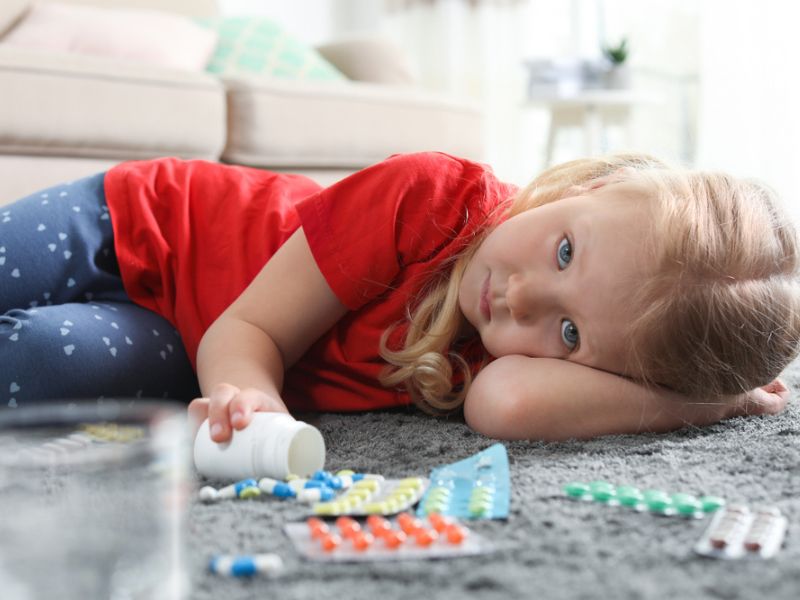Self-harm is a behavior where individuals intentionally inflict harm on themselves, often to cope with emotional pain, stress, or trauma. It is not an isolated incident but rather a pattern of behavior that can develop over time, often becoming a means of coping with negative emotions. The most common forms of self-harm include cutting, burning, and scratching, but many other ways people harm themselves, including hitting, bruising, or breaking bones.

Image Credit: Shutterstock/New Africa
Self-harm is a complex and severe issue that affects individuals of all ages, genders, and backgrounds. Parents can play an important role in spotting the signs of self-harm and helping their children seek support.
Some of the signs that a child may be engaging in self-harm include:
- Unexplained cuts, bruises, or scars on their body
- Wearing clothing that covers their body, even in warm weather
- Increased isolation or withdrawal from friends and family
- Changes in eating or sleeping patterns
- Increased irritability, mood swings, or difficulty regulating emotions
- They possess sharp objects or other tools that could be used for self-harm.
If parents suspect that their child may be engaging in self-harm, it is essential to approach the situation with compassion and understanding. It is not uncommon for individuals who engage in self-harm to feel shame or guilt about their behavior, and parents should avoid shaming or blaming their children for their actions.

Image Credit: Pexels/Jep Gambardella
Instead, parents can offer support and understanding and encourage their children to seek professional help. It may involve making an appointment with a therapist or mental health professional or contacting a support group for individuals who struggle with self-harm.
Ultimately, the best way to prevent self-harm is to create a safe and supportive environment for children to express their emotions and seek help. Parents can foster open communication with their children, encourage healthy coping strategies, and model positive behaviors that promote self-care and emotional regulation. With the proper support and resources, individuals who engage in self-harm can learn to cope with their emotions more healthier and live fulfilling lives.